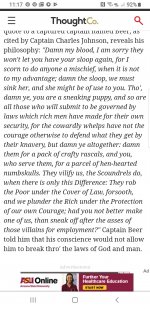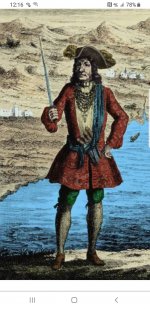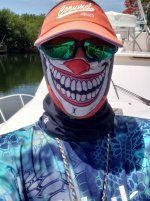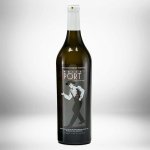xaos
Bronze Member
- Jul 3, 2018
- 1,063
- 2,302
- Primary Interest:
- All Treasure Hunting
What did the Pirate say on his 80th birthday?
Aye Matey!
sorry, thats all I have for today.
Aye Matey!
sorry, thats all I have for today.







